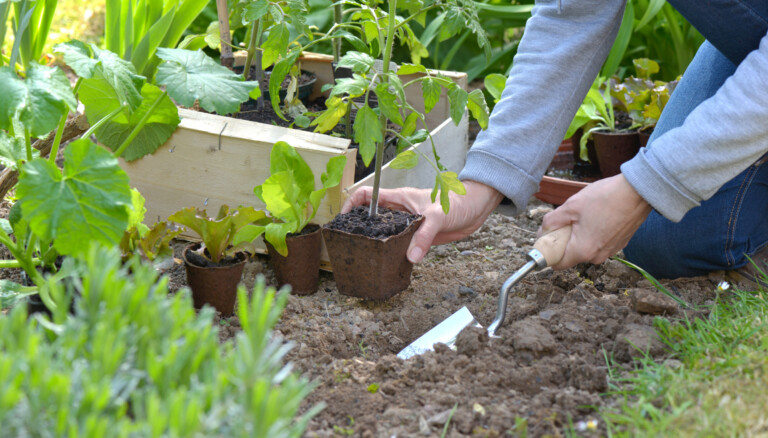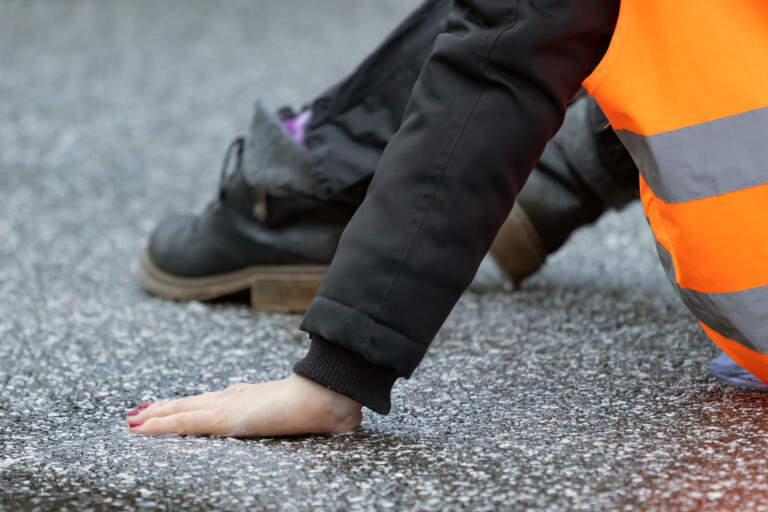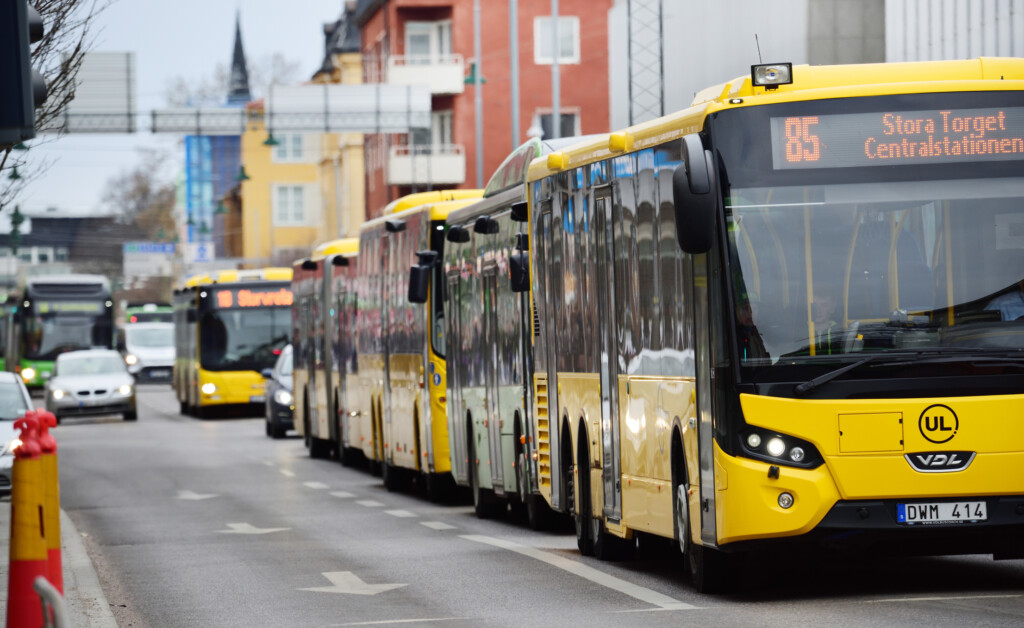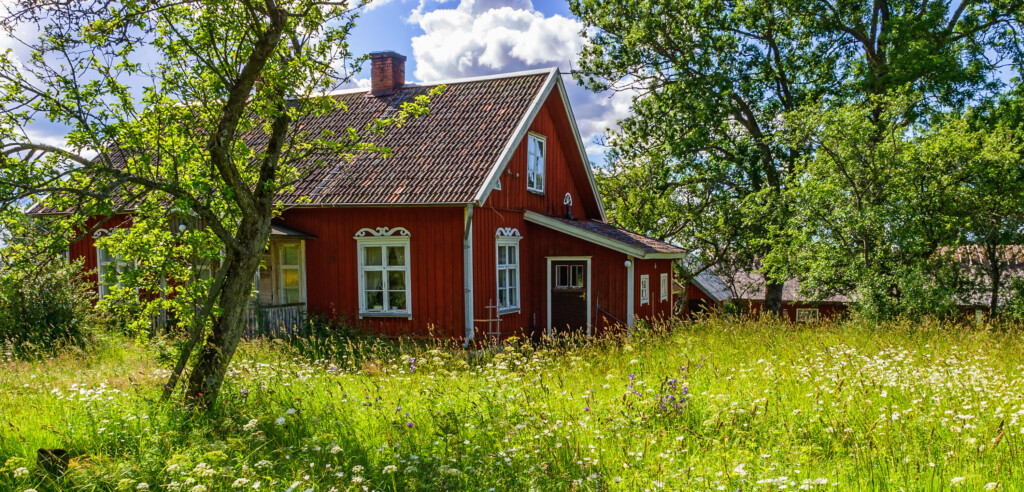Sustainable cities
Corona crisis lays bare inequalities in living conditions
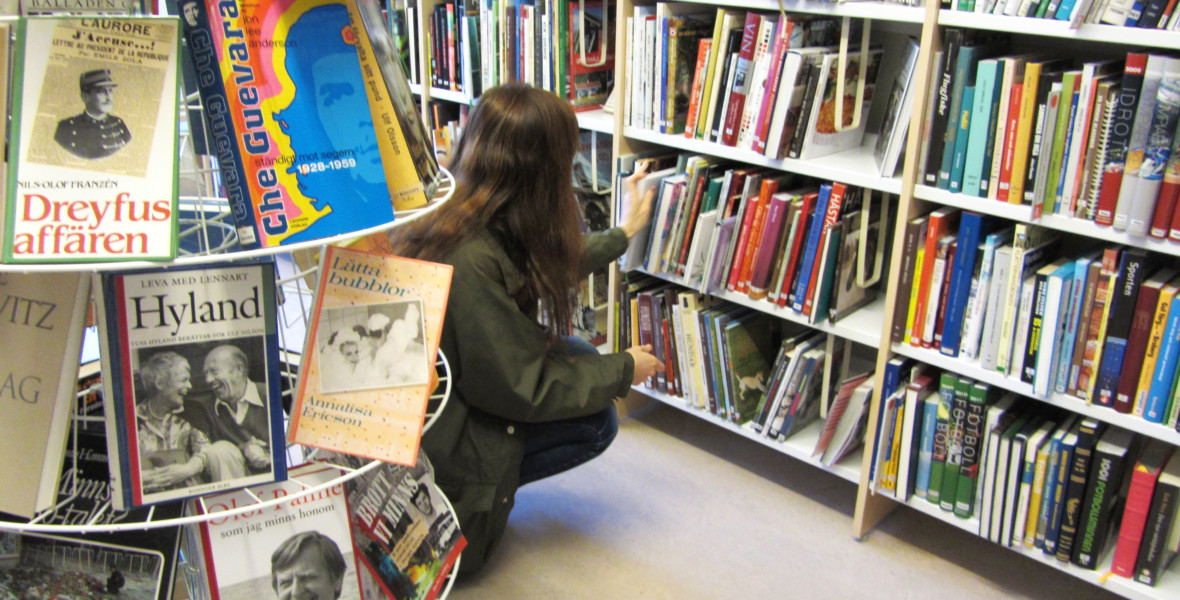
During the corona crisis, the unequal living conditions in our cities have been exposed. When communities shut down, some areas suffer more acutely than others. Although overcrowding is a crucial factor, a new study finds that proximity to services and green areas also determines how cities cope with a crisis.
Prenumerera på Extrakts nyhetsbrev!
Läs mer
Håll dig uppdaterad! Få kunskapen, idéerna och de nya lösningarna för ett hållbart samhälle.
Personal data is stored only for the mailing of Extrakt newsletters and information related to Extrakt’s operations. You can cancel the newsletter at any time, which means you will no longer receive any emails from us
“We’re seeing that proximity to services and to greenery and public spaces is crucial for people. When there are big differences between different districts, living conditions will vary. As long as things remain this way, the variations will be huge every time we suffer a pandemic like the coronavirus,” says Ann Legeby, professor of applied urban design at KTH Royal Institute of Technology in Stockholm.
She notes that several of Stockholm’s districts have rather poor access to public services: libraries and other service facilities are closing down or reducing their opening hours during the corona crisis, while many people are at the mercy of the services available in the surrounding area. During the pandemic, many of the city’s inequalities have become acutely apparent.
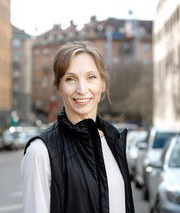
Legeby and her colleague Daniel Koch have investigated how urban dwellers have changed their habits in terms of how they use the city during the corona crisis and how this differs depending on the district. Using a combination of a map-based questionnaire (called a maptionnaire) and geographic data from 87,000 Twitter posts, they have investigated the shift in people’s movement patterns and activities. On top of this, they have added another layer of information about what is available in the places where these activities increase or decrease.
The foundations for providing vital services
Their initial findings confirm the widespread view of the corona crisis, with more visits to green spaces as well as empty hotels, tourist destinations and restaurants.
“We have compared a few different districts in southern Stockholm. An area like Årsta offers proximity to green spaces but not to services to the same extent – residents are forced to go further afield. If they can ride a bike or walk, it’s possible to access services. But if they have to rely on public transport, this can have negative consequences,” Legeby says.
We’re seeing that proximity to services and to greenery and public spaces is crucial for people.
One way to address global challenges like the coronavirus is to create more districts that are equipped to provide vital service offerings, Legeby suggests.
“If we look at a limited set of our data, we see that parks and greenery are super important. If we limit ourselves to this, it’s easy to say that we need more greenery in our cities in order to withstand a pandemic or other crisis. But we also clearly see the need for services in the local communities, and creating a city with services requires a certain density. So, this is a debate that should not be simplified.”
Paths connecting city districts
As an alternative to shopping centres on the peripheries, paths or main streets could be created that connect districts and accommodate services and shops while bordering the social spaces inside, Legeby says. The strategy has long been the reverse – to create large clusters of shopping areas farther away from our homes and increase our dependence on cars.
“It is not a sustainable strategy in terms of climate adaptation, and here we see another reason to question it.”
During the first wave of Covid-19 last spring, the spread of infection in the Järva area of Stockholm received a lot of attention. The City of Stockholm launched an extensive information campaign, but the idea that its spread was caused by a lack of information was questioned on several fronts. Legeby highlights overcrowding as an important parameter, a major problem in many economically vulnerable districts.
“In an earlier study, we mapped overcrowding and looked at the places where homes had less than 10 square metres per person. These areas were also hit hard by the corona crisis. In these cases, it’s even more important that people have public spaces and institutions at their disposal. Yet this only helps to a certain extent if you still have six people living in cramped quarters.”
Key lessons learned from an urban development perspective
But the problematic housing situation is primarily a housing policy issue, Legeby argues. On average, Stockholmers certainly do not have overcrowded households.
“In some areas there are plenty of square metres per person, so it’s easier to deal with contagion,” she says.
“Even though it’s an important political issue, we can still draw important lessons from an urban development perspective. Above all, we’ve got to seriously address the inequalities created by the way we build and plan. With more equal access to community resources, we can soften the blow of crises.”
NEW STUDY ON OVERCROWDING IN MALMÖ
At Malmö University, researchers Tapio Salonen and Martin Grander have recently initiated a study on overcrowding in Malmö. The study will continue until the summer.
In an article published by the Delegation Against Segregation, they note that corona is not an equal-opportunity virus: “Rather, it exposes profound gaps in the structure of society.” The article takes its point of departure in the unequal conditions of the housing market and how these affect the impact of the pandemic.
Overcrowding in Sweden has increased over the last 20 years, mainly affecting low-income families and new arrivals. Furthermore, Covid-19 has hit the most overcrowded residential areas the hardest.
“The statistics speak their harsh language. Overcrowding declined over several years, but then the trend reversed. In the 21st century, a paradoxical time when the vast majority of households have been better off, inequality has shot up. So we need a review of overcrowding,” Salonen says in a press release.
OUR CITY: HOW DOES A CRISIS CHANGE OUR HABITS IN THE CITY?
The study is part of Senseable Stockholm Lab, a collaboration among KTH, the City of Stockholm and the Massachusetts Institute of Technology (MIT).
The questionnaire was created in collaboration with the City of Stockholm, Uppsala Municipality, the City of Gothenburg, the University of Gävle and Södertörn University College. It is still open and can be answered several times, no matter where in Sweden you live.
The initial results are analyses of about 900 responses that have been studied together with 87,000 Twitter posts including data on where the posts were created in order to provide greater statistical certainty. The different datasets have been shown to be in line with each other and reveal different considerations. In addition to these findings, the researchers have added analyses of which services are available in different locations.
